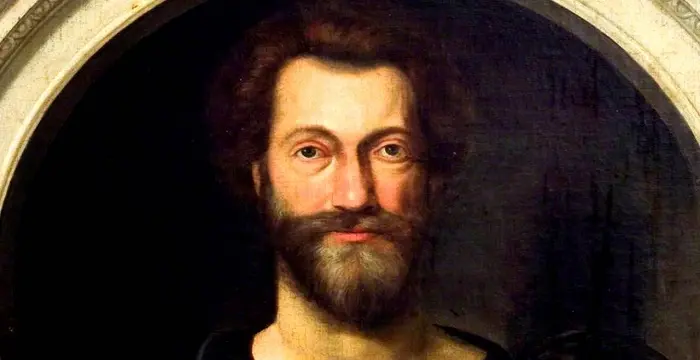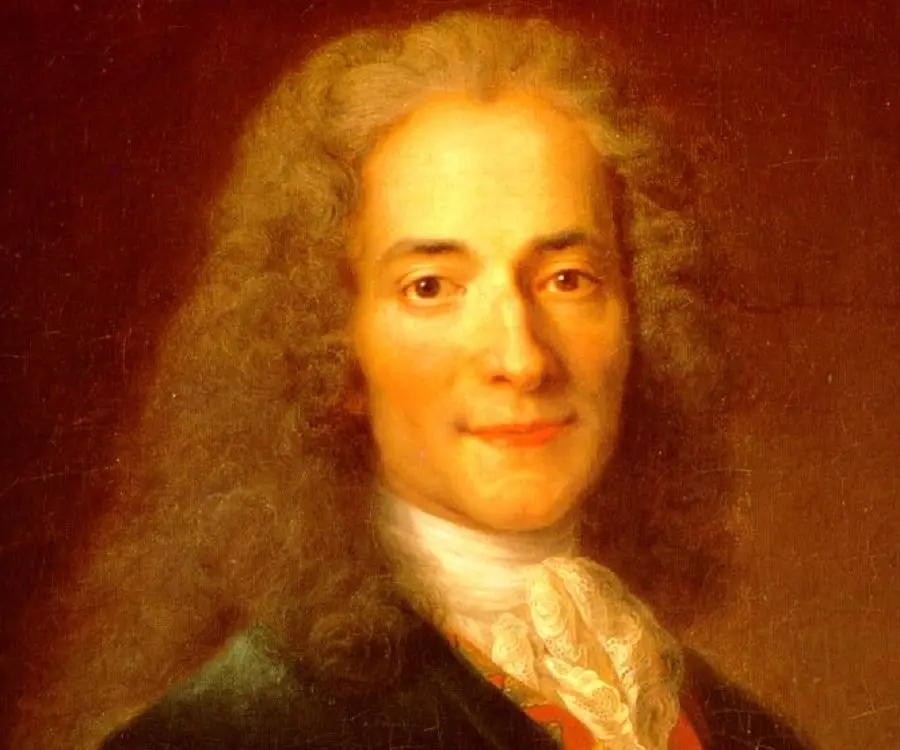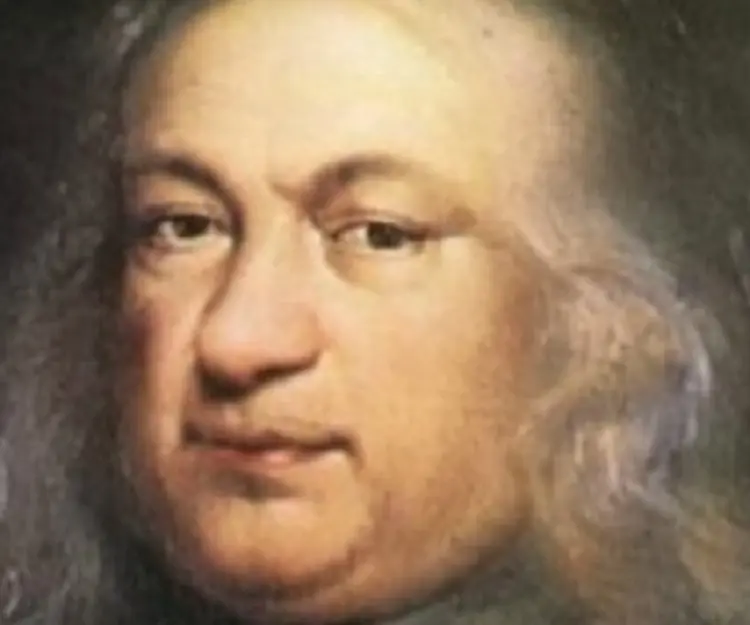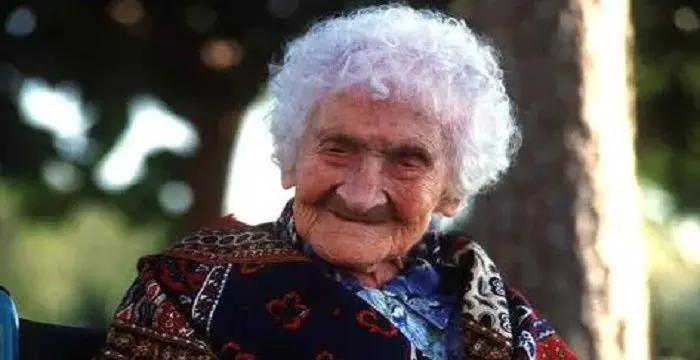
Pierre de Fermat - Lawyers, Career and Life
Pierre de Fermat's Personal Details
Pierre de Fermat was a 17th century French mathematician who made significant contributions towards the development of infinitesimal calculus.
| Information | Detail |
|---|---|
| Birthday | August 17, 1601 |
| Died on | January 12, 1665 |
| Nationality | French |
| Famous | Scientists, Mathematicians, Lawyers |
| Spouses | Louise Long Fermat |
| Universities |
|
| Founder / Co-Founder |
|
| Birth Place | Beaumont-de-Lomagne |
| Religion | Catholicism |
| Gender | Male |
| Father | Dominique Fermat |
| Sun Sign | Leo |
| Born in | Beaumont-de-Lomagne |
| Famous as | Lawyer |
| Died at Age | 63 |
// Famous Lawyers
Sunny Hostin
Sunny Hostin is an American lawyer, social commentator, columnist and journalist. Check out this biography to know about her childhood, family life, achievements and fun facts about her.
Jerry Sheindlin
Jerry Sheindlin is an American judge, author, and television personality. Check out this biography to know about his childhood, family life, achievements and fun facts about him.
John Donne
John Donne was a famous English poet, satirist, lawyer and priest of his time. Check out this biography to know about his childhood, family life, achievements and other facts related to his life.
Pierre de Fermat's photo
Who is Pierre de Fermat?
Pierre de Fermat was a 17th century French mathematician who made significant contributions towards the development of infinitesimal calculus. He did path breaking research in into number theory and discovered several new patterns in numbers which had puzzled mathematicians for centuries. Born into a wealthy family of high social ranking, he decided to pursue legal profession as was expected from young men of his social stature in those days in spite of his deep love for mathematics. But embarking on a professional field totally unrelated to the field of mathematics did not keep the young man from becoming an amateur mathematician in his own right. Initially he wrote about his mathematical discoveries to his friends in letters, often with little or no proofs. Later on as he gained in prominence, his findings were published and circulated widely. Highly inspired by the works of the Hellenistic mathematician Diophantus, he, along with René Descartes, went on to become one of the two leading mathematicians of the first half of the 17th century. His works played a pivotal role in the development of infinitesimal calculus and he made notable contributions to analytic geometry, probability, and optics
// Famous Mathematicians
Grigori Perelman
Grigori Perelman is a Russian mathematician who is best known for his contributions to Riemannian geometry and geometric topology. Check out this biography to know about his childhood, family life, achievements and fun facts about him.
Terence Tao
Terence Tao is an Australian- American mathematician who has contributed enormously to the field of mathematics. Check out this biography to know about his childhood, family life and achievements.
Isaac Newton
Isaac Newton was an English scientist and mathematician, who discovered gravitation and Newtonian Mechanics. Read this biography to find more on his life.
Childhood & Early Life
Pierre de Fermat was born in Beaumont-de-Lomagne (present-day Tarn-et-Garonne), France, in the first decade of the 17th century. His year of birth is believed to be either 1601 or 1607.
He hailed from a wealthy family. His father Dominique Fermat was a prosperous merchant who had served three one-year terms as one of the four consuls of Beaumont-de-Lomagne. His mother’s name was either Françoise Cazeneuve or Claire de Long. He had one brother and two sisters.
Though several details about his early life are unclear, some sources suggest that he received his school education at the Collège de Navarre in Montauban.
He had developed an early interest in mathematics though he decided to pursue a career as a lawyer. Thus he enrolled at the University of Orléans in 1623 and earned his bachelor in civil law in 1626.
Career
Then he moved to Bordeaux and began his mathematical researches. He came into contact with Jean de Beaugrand, a prominent lineographer and mathematician with whom he shared his interests. It was while here that he produced important work on maxima and minima.
He bought the offices of conseiller and commissaire aux requites at the Parlement de Toulouse, one of the High Courts of Judicature in France in 1630. The next year he was sworn in by the Grand Chambre. He held this office for the rest of his life.
He was promoted to the position of conseiller aux enquêtes in 1638 and within four years, he entered the highest councils of the ‘parlement’—the criminal court and then the Grand Chamber.
He acted as the parlement’s chief spokesman in 1648 while negotiating with the chancellor of France, Pierre Séguier. However, certain personal letters from around this time suggest that Fermat’s performance in office was not satisfactory.
In spite of his high-prolife jobs, he immersed himself in mathematical research and often wrote about his findings to his friends in letters. Many of his letters written after 1636 provide hints regarding his mathematical research and his evolution as a mathematician.
In his work, ‘Methodus ad disquirendam maximam et minima and in De tangentibus linearum curvarum’, he developed the method of ‘adequality’ for determining maxima, minima, and tangents to various curves; this was analogous to that of the differential calculus, then unknown. He also developed a new technique for finding the centers of gravity of various plane and solid figures.
He was in correspondence with Blaise Pascal in 1654, and the two men helped to lay the foundation for the theory of probability. Even though his correspondence with Pascal was brief, it was highly productive and led to the founding of the probability theory.
Pierre de Fermat’s contribution to number theory has been tremendous. His study of Pell's equation, perfect numbers, amicable numbers, positive integers, and prime numbers ultimately led to the discovery of the numbers that would be named after him: Fermat numbers.
Fermat was one of the leading mathematicians of the 17th century. He had developed the field of analytical geometry almost single-handedly and contributed towards the early development of calculus. He was also known to have worked on light refraction and optics.
One of his best known works is the Fermat's Last Theorem which was first discovered by his son in the margin on his father's copy of an edition of Diophantus. Fermat claimed that he had a proof but he could not prove it. The first successful proof was released centuries later by Andrew Wiles in 1994.
He was fluent in several languages including French, Italian, Spanish, Latin, and Greek, and thus he also dabbled in philological problems and gained reputation as a classical scholar.
Major Works
He played a major role in the development of the field of infinitesimal calculus, and is credited to have discovered an original method of finding the greatest and the smallest ordinates of curved lines, which is analogous to that of the differential calculus. He also invented a factorization method which was later named after him: Fermat's factorization method.
Personal Life & Legacy
Pierre de Fermat married his mother’s cousin, Louise de Long, on 1 June 1631. The couple had five children: two sons and three daughters. His eldest son, Clément-Samuel, also became a lawyer and inherited his office upon his death; he also published his father’s mathematical papers later on.
He died on 12 January 1665, in Castres, France.
// Famous Scientists
Juliane Koepcke
Juliane Koepcke is a German-Peruvian biologist, who was the lone survivor among the 92 passengers and crew of the ill-fated LANSA Flight 508 that crashed in the Peruvian rainforest on 24 December 1971. Know more about her life in this biography.
Henry Cavendish
Henry Cavendish was a theoretical chemist and physicist, renowned for discovery of hydrogen and calculation of the mass of earth. To know more about his childhood, profile, timeline and career read on
Konstantin Tsiolkovsky
Konstantin Tsiolkovsky was a Russian rocket scientist and a pioneer of astronautics. This biography provides detailed information about his childhood, family, personal life, career, achievements, etc.
Pierre de Fermat biography timelines
- // 1601 To 1607Pierre de Fermat was born in Beaumont-de-Lomagne (present-day Tarn-et-Garonne), France, in the first decade of the 17th century. His year of birth is believed to be either 1601 or 1607.
- // 1623 To 1626He had developed an early interest in mathematics though he decided to pursue a career as a lawyer. Thus he enrolled at the University of Orléans in 1623 and earned his bachelor in civil law in 1626.
- // 1630He bought the offices of conseiller and commissaire aux requites at the Parlement de Toulouse, one of the High Courts of Judicature in France in 1630. The next year he was sworn in by the Grand Chambre. He held this office for the rest of his life.
- // 1st Jun 1631Pierre de Fermat married his mother’s cousin, Louise de Long, on 1 June 1631. The couple had five children: two sons and three daughters. His eldest son, Clément-Samuel, also became a lawyer and inherited his office upon his death; he also published his father’s mathematical papers later on.
- // 1636In spite of his high-prolife jobs, he immersed himself in mathematical research and often wrote about his findings to his friends in letters. Many of his letters written after 1636 provide hints regarding his mathematical research and his evolution as a mathematician.
- // 1638He was promoted to the position of conseiller aux enquêtes in 1638 and within four years, he entered the highest councils of the ‘parlement’—the criminal court and then the Grand Chamber.
- // 1648He acted as the parlement’s chief spokesman in 1648 while negotiating with the chancellor of France, Pierre Séguier. However, certain personal letters from around this time suggest that Fermat’s performance in office was not satisfactory.
- // 1654He was in correspondence with Blaise Pascal in 1654, and the two men helped to lay the foundation for the theory of probability. Even though his correspondence with Pascal was brief, it was highly productive and led to the founding of the probability theory.
- // 12th Jan 1665He died on 12 January 1665, in Castres, France.
- // 1994One of his best known works is the Fermat's Last Theorem which was first discovered by his son in the margin on his father's copy of an edition of Diophantus. Fermat claimed that he had a proof but he could not prove it. The first successful proof was released centuries later by Andrew Wiles in 1994.
// Famous French peoples
Simone Signoret
Simone Signoret was a French actress who became the first French person to win an Academy Award. Check out this biography to know about her childhood, family life, achievements and other facts related to her life.
Jade Weber
Scroll down this bio to find out everything about French model Jade Weber. Be it fun facts, birthday, trivia or details of her personal and family life, you’ll find everything here.
Micheline Roquebrune
Micheline Roquebrune is a petite Moroccan-French painter best known as the third wife the legendary Scottish actor Sir Sean Connery. Check out this biography to know about her birthday, childhood, family life, achievements and fun facts about her.
Alex Lange
Alex Lange is a French-South African model, who is quite popular on Instagram. Check out this biography to know about his childhood, family life, achievements and fun facts about him.
Tina Kunakey
Tina Kunakey Di Vita is a model and wife of the French actor Vincent Cassel. Check out this biography to know about her birthday, childhood, family life, achievements and fun facts about her.
Jeanne Calment
Jeanne Calment was a French supercentenarian who had the longest confirmed lifespan in human history. Check out this biography to know about her childhood, family, personal life, death, etc.
Pierre de Fermat's FAQ
What is Pierre de Fermat birthday?
Pierre de Fermat was born at 1601-08-17
When was Pierre de Fermat died?
Pierre de Fermat was died at 1665-01-12
Where was Pierre de Fermat died?
Pierre de Fermat was died in Castres
Which age was Pierre de Fermat died?
Pierre de Fermat was died at age 63
Where is Pierre de Fermat's birth place?
Pierre de Fermat was born in Beaumont-de-Lomagne
What is Pierre de Fermat nationalities?
Pierre de Fermat's nationalities is French
Who is Pierre de Fermat spouses?
Pierre de Fermat's spouses is Louise Long Fermat
What was Pierre de Fermat universities?
Pierre de Fermat studied at 1626 - University of Orléans
Which company or organization was founded by Pierre de Fermat?
Pierre de Fermat was the founder/co-founder of The modern theory of numbers.
What is Pierre de Fermat's religion?
Pierre de Fermat's religion is Catholicism
Who is Pierre de Fermat's father?
Pierre de Fermat's father is Dominique Fermat
What is Pierre de Fermat's sun sign?
Pierre de Fermat is Leo
How famous is Pierre de Fermat?
Pierre de Fermat is famouse as Lawyer
















